Drought and your garden watering plans
anney
16 years ago
Related Stories
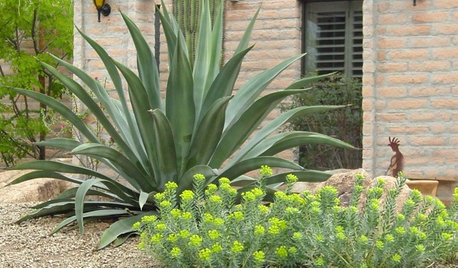
GARDENING GUIDESHow to Spot a Drought-Tolerant Plant
Label? Who needs a label? Learn the characteristics of plants that can thrive in hot, dry conditions to help you pick the right ones
Full Story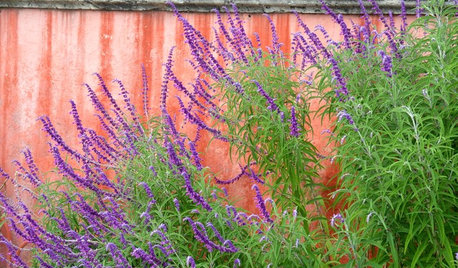
GARDENING GUIDES10 Plants for Colorful Fall Blooms in the Drought-Tolerant Garden
Want fall color but not a big water bill? Consider these not-too-thirsty fall bloomers
Full Story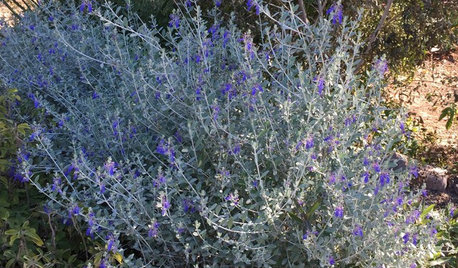
GARDENING GUIDESGreat Design Plant: Teucrium Fruticans for Drought-Tolerant Gardens
The silvery-gray foliage and blue flowers of this Mediterranean native stand out in low-water landscapes
Full Story
SAVING WATER11 Ways to Save Water at Home
Whether you live in a drought-stricken area or just want to help preserve a precious resource, here are things you can do to use less water
Full Story
GARDENING GUIDES8 Unthirsty Plants Help You Save Water in Style
Spend less effort and money on your landscape with drought-tolerant and native plants that liven up your yard
Full Story
GARDENING GUIDES10 Drought-Tolerant Shrubs That Thrive in Full Sun and Reflected Heat
Got a hot spot in your garden where plants often die? Try these tough shrubs that add beauty while shrugging off the heat
Full Story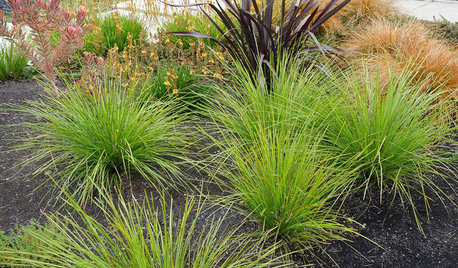
GRASSESVersatile Breeze Mat Rush Sails Into Drought-Tolerant Yards
Grassy Lomandra longifolia thrives year-round in shady and sunny gardens, in containers and in the ground
Full Story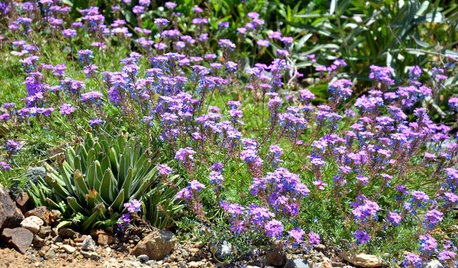
FLOWERS AND PLANTSGlandularia Pulchella Trails Color Through the Drought-Tolerant Garden
Masses of purple blossoms and finely textured foliage cover the ground of arid gardens from spring to fall
Full Story
GARDENING GUIDESEssential Watering Tips for Your Edible Garden
To give your edible plants just what they need, check out these guidelines for how, when and how much to water
Full Story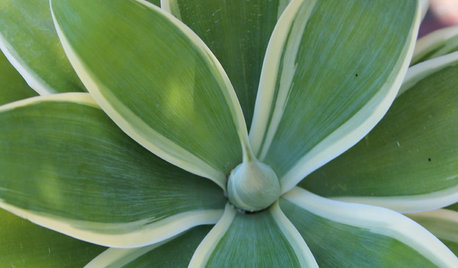
CALIFORNIA GARDENINGCalifornia Gardener's April Checklist
Outsmart droughts with water-savvy plants and sustainable approaches that suit the landscape
Full Story


ohio_grower
laxfan
Related Discussions
Drought Planning
Q
When do you water your gardens?
Q
What's Your Really Long Term Garden Plan?
Q
Please share your garden plans for 2013
Q
anneyOriginal Author
anneyOriginal Author
gardenlen
anneyOriginal Author
gonefishin
clumsygrdner
anneyOriginal Author
anneyOriginal Author
Beeone
ohio_grower
anneyOriginal Author
gardenlen
dixielib
ohio_grower
gardener1_2007
ohio_grower
anneyOriginal Author
vance8b
pnbrown
gardenlen
yfchoice
macheske
rosefolly
mommyandme
gonefishin
anneyOriginal Author
pnbrown